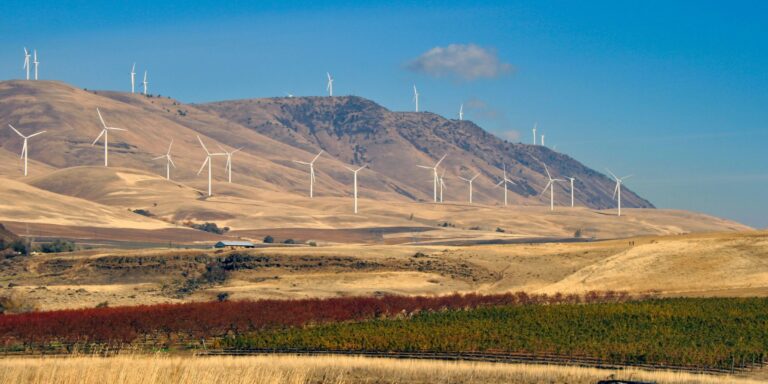California is intensifying its efforts to transition to 100% clean electricity by 2045, unveiling a series of ambitious renewable energy projects and policy reforms. Governor Gavin Newsom has emphasized the state’s commitment to combating climate change, creating jobs, and fostering sustainable development through these initiatives.
Major Renewable Energy Projects Underway
One of the most significant developments is the approval of the Darden Clean Energy Project in western Fresno County. This project will transform 9,500 acres of fallow farmland into the world’s largest solar and battery storage facility. Spearheaded by Intersect Power, the facility will feature approximately 3.1 million solar panels and Tesla Megapack 2 XL batteries, capable of powering 850,000 homes for four hours. Construction is slated to begin in late 2025, with completion expected by 2028. The project is anticipated to generate 1,200 jobs and revitalize the local economy .
In addition to Darden, the Cornucopia Hybrid Project in Fresno County has received expedited approval. This solar and battery storage project is designed to provide clean energy to power up to 300,000 homes. The streamlined permitting process is part of a broader effort to accelerate clean energy infrastructure development across the state .
Policy Reforms to Streamline Clean Energy Development
To facilitate the rapid expansion of renewable energy, California has implemented policy reforms aimed at reducing bureaucratic hurdles. The state has introduced a fast-track permitting program, allowing for expedited environmental reviews of clean energy projects. This initiative has already enabled the swift approval of major projects like Darden and Cornucopia.
Furthermore, the state has established a central procurement authority to purchase clean electricity, focusing on sources like offshore wind and long-duration storage. This move is intended to diversify California’s energy portfolio and stimulate the development of new clean energy projects .
Progress Toward Clean Energy Goals
California has made significant strides toward its clean energy objectives. Over the past five years, the state has added more than 25,000 megawatts (MW) of new resources to its electric grid, equivalent to roughly half of the state’s record peak demand in 2022. In 2024 alone, California added approximately 7,000 MW of new clean energy capacity, marking the largest single-year increase in state history .
As of 2021, 59% of the state’s electricity comes from zero-carbon sources, including solar, wind, hydropower, and nuclear energy. The state aims to achieve 90% emissions-free electricity by 2035 and 95% by 2040, progressing toward the ultimate goal of 100% clean electricity by 2045 .
Challenges and Future Outlook
Despite these advancements, California faces challenges in its clean energy transition. The intermittent nature of solar and wind power necessitates the development of energy storage solutions and firm clean power sources. Industry leaders have highlighted the need for additional firm clean power, such as advanced geothermal and natural gas with carbon capture, to ensure a reliable electricity supply .
Moreover, potential federal policy changes could impact the state’s renewable energy initiatives. Proposed rollbacks of clean energy incentives and the imposition of tariffs could raise project costs and hinder progress. Nonetheless, California remains steadfast in its commitment to building a cleaner, more resilient energy grid.
Conclusion
California’s comprehensive approach to expanding renewable energy infrastructure and implementing supportive policies underscores its leadership in the fight against climate change. By investing in large-scale projects and streamlining development processes, the state is making significant progress toward its goal of 100% clean electricity by 2045.



